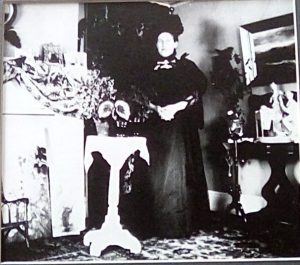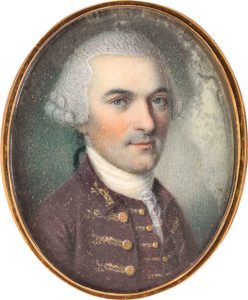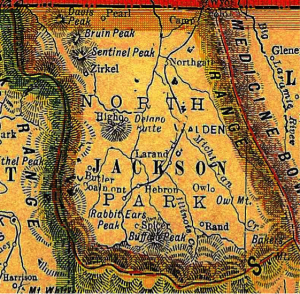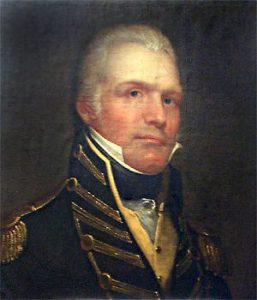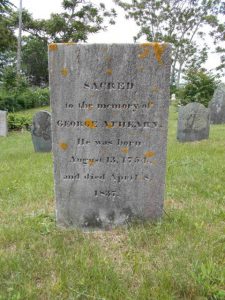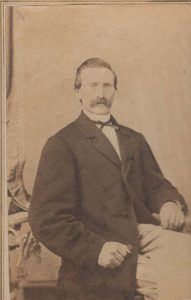 I grew up with few pictures from my mother’s side of the family. Her parents, Emory Morse and Lois Rhodes, had been near-neighbors as children in Wareham, Massachusetts. They divorced when my mother was eight. Mother had no further contact with her father until she was 40.
I grew up with few pictures from my mother’s side of the family. Her parents, Emory Morse and Lois Rhodes, had been near-neighbors as children in Wareham, Massachusetts. They divorced when my mother was eight. Mother had no further contact with her father until she was 40.
After my mother’s college graduation, her mother and step-father, a teacher working for the U.S. State Department, announced they had accepted a three-year-assignment in Ethiopia. Mother declined the opportunity to go with them. Instead, she accepted her first job as a clinical instructor and moved into a small apartment. Her family home in Maywood, New Jersey, was rented, with all contents of the house placed in a storage warehouse. Three months later, the warehouse burned – a total loss. Continue reading Boomerang photos
